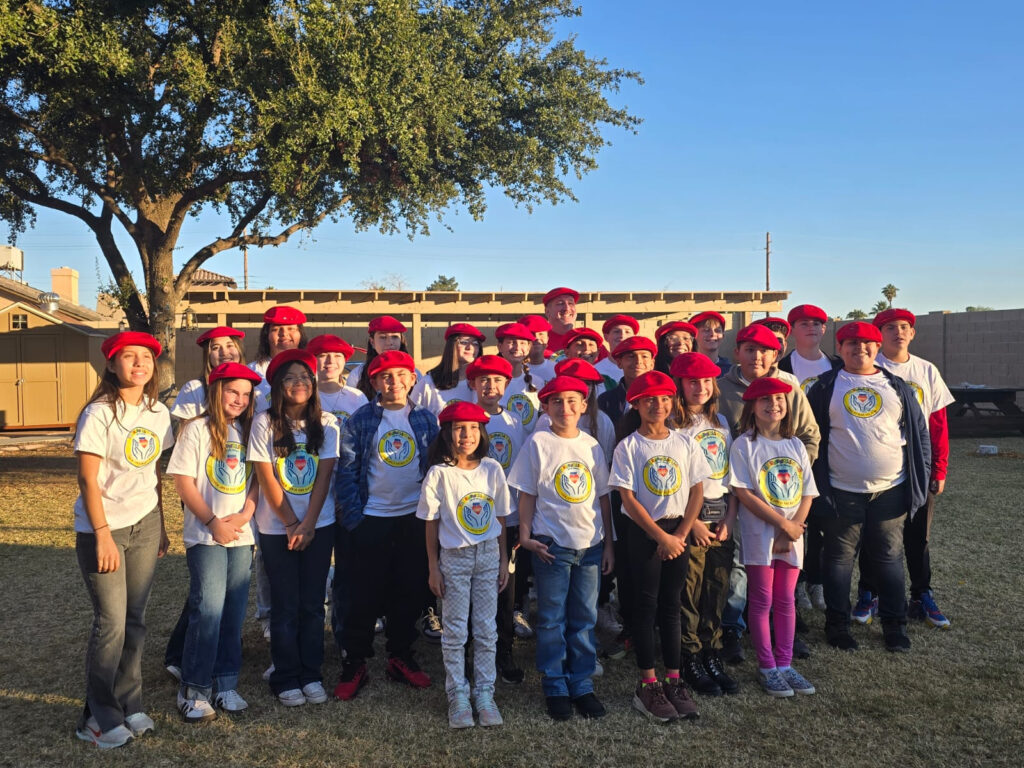We all have the power to be happier, regardless of our individual circumstances or the stage of life we’re in, starting now.
That’s the key takeaway from the growing body of research on the subject—one studied by ancient philosophers to today’s scientists. It starts with making small changes in behavior and mindset that, with practice and consistency, build up to powerful results over time. Here are eight science-backed ways anyone can boost his or her mood and promote long-term satisfaction.
1. Invest time and energy in your relationships.
The world’s longest-running study on happiness, the Harvard Study of Adult Development, has followed the same group of 724 men—and now more than 1,300 of their descendants over three generations—for 85 years and counting, taking health measurements and asking detailed questions about their lives at regular intervals. According to its findings, the number one key to happiness is good relationships.
“If you’re going to make that one choice, that single decision that could best ensure your own health and happiness, science tells us that your choice should be to cultivate warm relationships,” write Dr. Robert Waldinger and Marc Schulz, the current director and associate director of the study, in their book “The Good Life: Lessons From the World’s Longest Scientific Study of Happiness.”
The authors emphasize the importance of practicing “social fitness,” regularly assessing the health of our relationships and taking care of them over time. “Our social life is a living system. And it needs exercise,” they write.
Start by taking stock of your current close relationships: Think about how each relationship makes you feel, how often you connect, and the kinds of support they give you (or don’t). Identify which relationships you’d like to improve. Then get to work. Here are a few tips from “The Good Life” to help.

Make time: “Think for a moment about a relationship you have with a person you cherish but feel like you don’t see nearly enough,” the authors write. “Now think about how often you see that person. Every day? Once a month? Once a year?” Make the intentional effort to spend more time on important connections. See if you can dedicate certain days of the week or month to certain people, or change your daily schedule to fit in a coffee or walk with a loved one. It can start small: Take a moment to reach out with a text, email, or phone call to reconnect.
Be curious: Make it a point to engage your curiosity in your next conversation, whether you’re talking with an important person in your life or chatting up a complete stranger (the latter has been proven, by the way, to give us small boosts of well-being—as much as we may avoid it). Cultivating “real, deep curiosity about what others are experiencing” is a powerful tool for opening conversation, fostering connection, and deepening relationships, the authors say. “Genuine curiosity invites people to share more of themselves with us, and this in turn helps us understand them.” Ask questions, and really listen to the answers. Then—a crucial step—communicate your new understanding of them, giving the life-affirming, bond-strengthening gift of feeling seen.
Tell someone what they mean to you: The authors leave readers with a suggestion for a simple but powerful exercise: “Think about someone, just one person, who is important to you. … Think about what they mean to you, what they have done for you in your life. Where would you be without them? Who would you be? Now think about what you would thank them for if you thought you would never see them again. And at this moment—right now—turn to them. Call them. Tell them.”
Here’s an idea: Turn your front porch into a welcome mat
You might not think of a front porch as having the potential to be the most social place in your home. But back in the day, it was a place where people would sit and relax and enjoy the weather after a day at work, or simply sip morning coffee as the day began, inviting connection with neighbors walking by. Joanna Taft, who runs the Harrison Center for the Arts in Indianapolis, Indiana, and hosts regular gatherings on her own porch with food and drink, says it’s time to bring back that old-fashioned hospitality.

“We’ve all lost that neighborliness. People are inside with air conditioning, TV, laptops. We have privacy fences and attached garages. We need to connect with our neighbors,” she said. Several years ago, Ms. Taft started inviting people to hang out on her front porch. The trend soon took off in her neighborhood. In 2016, alongside a partnership with the Indianapolis 500, the Harrison Center launched a “Porch Party” movement that quickly spread through the state.
Want to host your own porch party? It doesn’t take much as far as decorating is concerned. “Make it hospitable,” said Ms. Taft. “Have attractive pillows and consider plants. Ferns make it like an outdoor room. Think of your porch as a living room where people can be connected.”
No porch? No problem. Use your driveway or front yard.
Ms. Taft brings out “conversation pieces” to get things rolling. She might take a bowl purchased from a local artist, fill it with local foods, and use one of her grandmother’s antique spoons for serving—these items create interest and invite questions. “Don’t have things that match. Go around your house for things that are interesting,” she suggested, “things that tell your family’s story and celebrate your neighborhood.”
Over the years, Ms. Taft has made friends with people who have a lot in common and others who have different perspectives, as her porch has become a little melting pot. It’s also become a networking tool for those looking for jobs, and for those singles who don’t want to go to bars, it has served as a matchmaker: Two single people met on her porch, had their first date on her porch, and eventually got engaged and married.
“The weekly rhythm of sitting on our front porch enriched our lives in ways we didn’t expect,” Ms. Taft said.
2. Don’t be afraid of hard things.
The strongest and largest trees are the ones that mature slowly and experience the most stressors—wind that allows them to sway, for instance. It’s a field of study called seismomorphogenesis, how movement affects plants, and it’s been used architecturally to reduce structural brittleness, said Gad Saad, psychologist and author of “The Saad Truth About Happiness: 8 Secrets for Leading the Good Life.”

Humans, he said, can learn to adapt and thrive by adopting anti-fragility and embracing failure. People can even choose to train themselves to experience hardship in order to maximize resilience.
“If everything in life is easy, that’s not the pathway to optimal flourishing. You actually need to be exposed to stressors to be maximally happy,” Mr. Saad said. “I don’t think you can live a fulfilling life if you always take the shortcuts that make things easier, more comfortable for you. Once in a while, you need to challenge yourself.”
(This is a short preview of a story from the Jan. Issue, Volume IV.)













